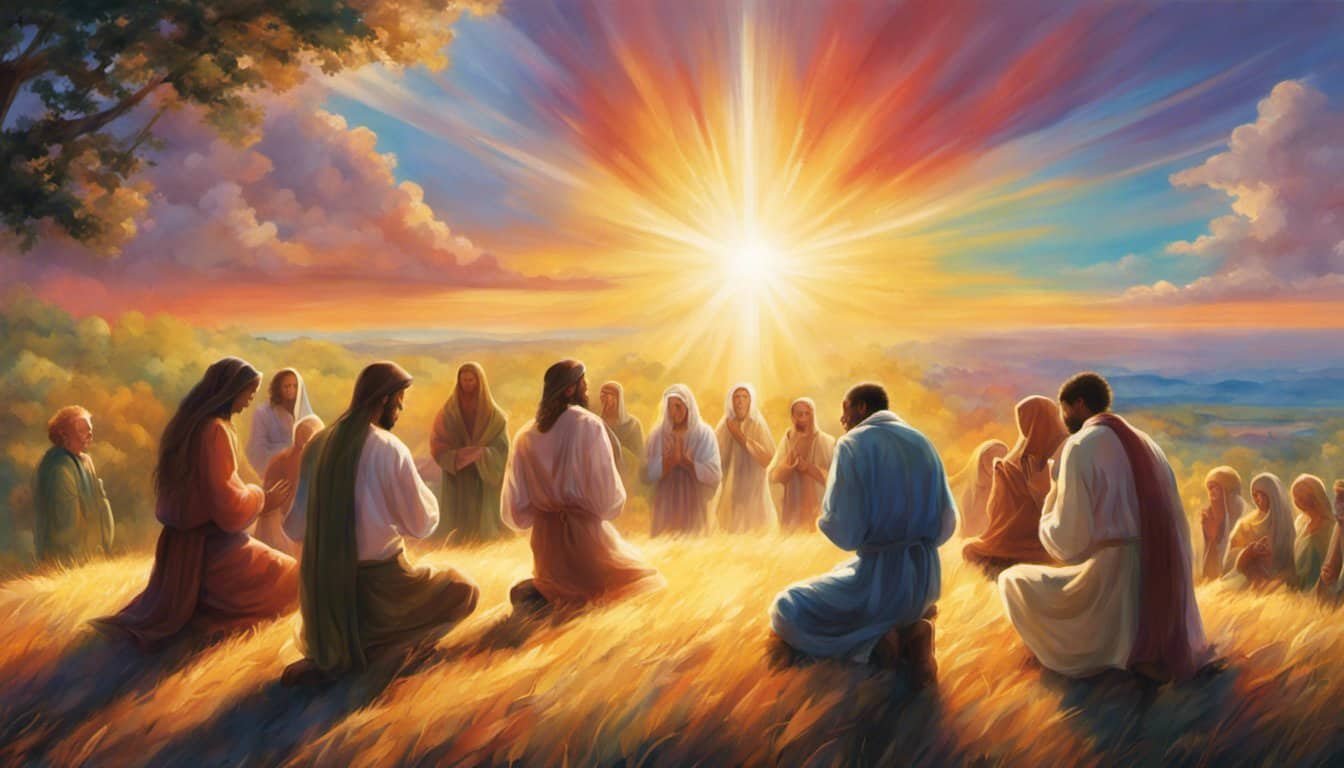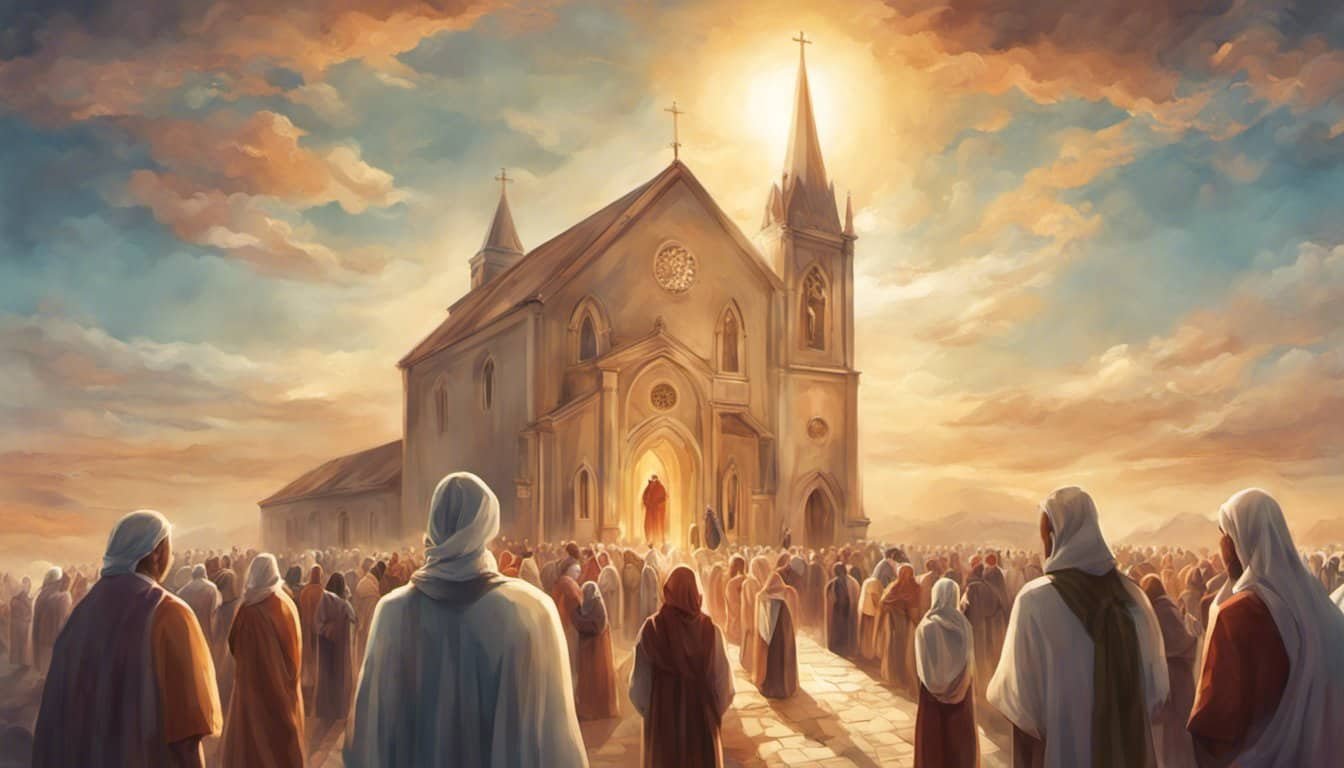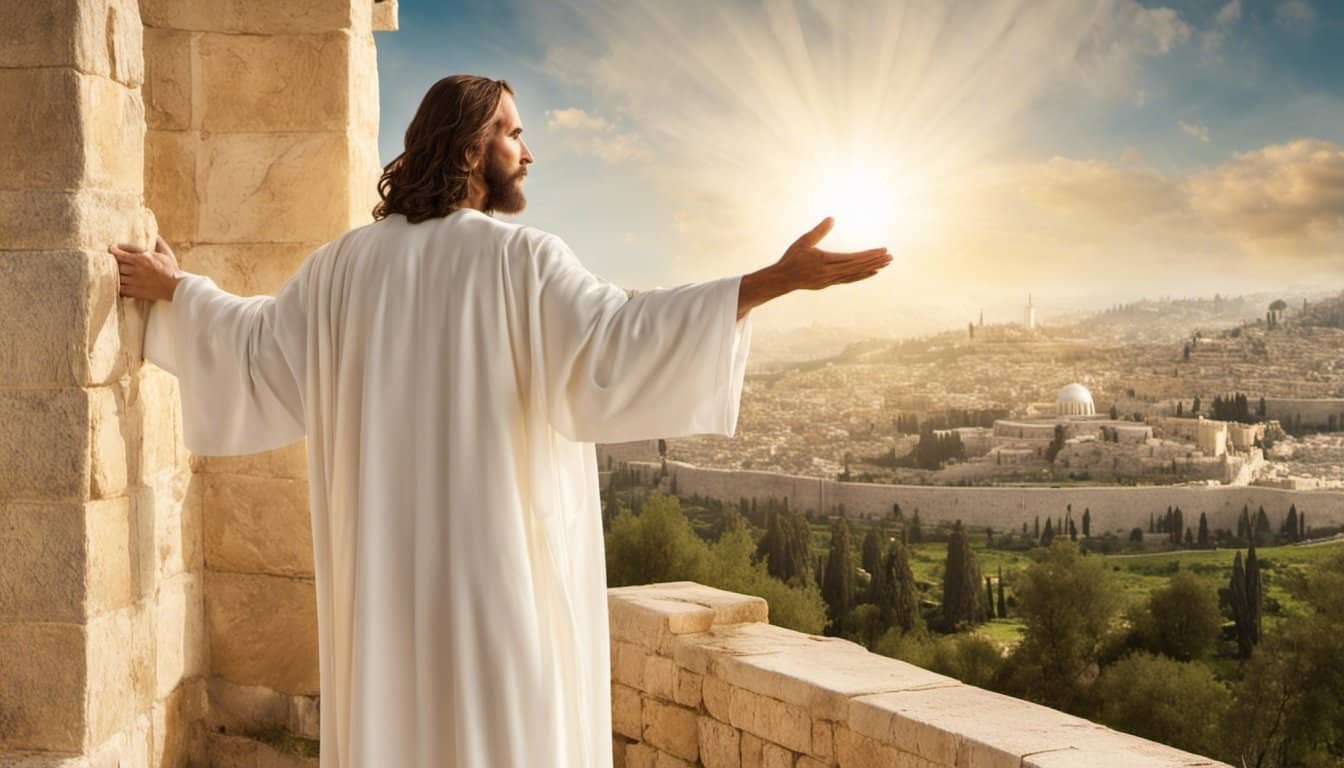The bishop-led model represents a unique approach to church government, emphasizing a structured hierarchy where the bishop plays a central role.
In this system, the bishop provides guidance and oversight to pastors and deacons. This fosters unity and spiritual growth within the congregation. This model is rooted in historical practices and biblical principles, making it relevant for many faith communities today.


Understanding the dynamics of a bishop-led church can offer valuable insights into how these organizations operate. By exploring the responsibilities of a bishop and the leadership structure, readers can appreciate how this model differs from other governance styles, like congregational or elder-led churches.

Learning about the contemporary applications of this model can also provide a deeper awareness of its impact on church life.
For those interested in church governance, the bishop-led model offers a fascinating glimpse into a system that has adapted through the ages while maintaining its core values.
Key Takeaways
- The bishop-led model features a distinct leadership hierarchy focused on spiritual oversight.
- Bishops play a critical role in maintaining unity and guiding the church community.
- This governance model has historical roots and continues to shape contemporary church practices.
Historical Context and Biblical Model
The bishop-led model of church governance has deep historical roots, showing how early Christians structured their communities. Key figures like the apostles laid the groundwork for this leadership style, blending faith with organization. Understanding these origins helps clarify the biblical model that many churches follow today.
Origins in the Early Church
In the early church, leadership was crucial for guiding growing communities. The apostles acted as pioneers, establishing local church leadership. They appointed leaders to ensure continuity and spiritual health.
As the church expanded, the role of bishops began to emerge. A bishop often oversaw several congregations, supported by elders and deacons. This structure helped maintain unity and doctrinal purity. The early church faced challenges, needing strong leadership to navigate issues and conflicts effectively.
Biblical References to Church Leadership
The Bible outlines clear roles for church leaders. Passages such as 1 Timothy 3 describe qualifications for overseers, highlighting the importance of moral character. Elders and deacons also have specific functions, ensuring church order and service.
In Acts 14:23, Paul and Barnabas appointed elders in every church. This practice shows an early model for church governance, emphasizing collective leadership. The biblical model encourages shared responsibility, fostering a supportive community. Each leader plays a unique role, working together for the church’s mission.
The Role of a Bishop
A bishop has a vital role in a church’s governance, serving as a leader and guide for both clergy and laity. This position includes significant responsibilities related to spiritual oversight, teaching, and community leadership.
Qualifications and Duties

To become a bishop, a person typically needs to meet specific qualifications. These often include a strong background in theology, pastoral experience, and a proven ability to lead.
Bishops are charged with overseeing various churches or parishes. They ensure that church teachings align with doctrinal standards. This role includes the appointment and supervision of presbyters and pastors within their jurisdiction.
They also engage with the congregation, providing support and guidance. This can involve performing confirmations, ordinations, and other sacramental duties. A bishop nurtures relationships within the church and the wider community.
Chief Pastor and Shepherd
Bishops act as the chief pastor for their diocese or region. This means they take on the responsibility of teaching and preaching. They help guide pastors in their endeavors and ensure they serve their congregations effectively.
As a spiritual shepherd, the bishop tends to the needs of the church community. They encourage spiritual growth among the laity and clergy alike. Regular communication with pastors reinforces a team approach to ministry.
Bishops strive to foster unity, helping to resolve conflicts within the church. By leading with compassion and integrity, they create a welcoming environment for all members.
Leadership Hierarchy and Structure
In a bishop-led church model, the leadership hierarchy is crucial for its effectiveness. This structure typically includes a senior pastor, bishops, and various levels of clergy. Understanding these roles helps clarify how decisions are made and who is responsible for guiding the church community.
Comparing the Hierarchical Organization
The hierarchical organization in a bishop-led church is distinct and well-defined. At the top is the bishop, who has authority over many congregations, often managing multiple parishes.
Below the bishop are senior pastors, who lead specific churches and report to the bishop. Other clergy positions, such as deacons and assistant pastors, support the senior pastor in various duties.

The presbytery, a governing body made up of ordained ministers and elders, plays a vital role in decision-making and community issues. This structure encourages accountability and facilitates smooth communication across all levels of leadership.
Difference Between Clergy and Laity
In the bishop-led model, the distinction between clergy and laity is significant.
Clergy refers to those who are ordained and fulfill specific roles, like the bishop, senior pastor, and deacons. They are tasked with spiritual leadership, teaching, and administering sacraments.
On the other hand, laity consists of the general church members who may volunteer and participate in church activities but are not ordained. Though laity can influence church activities, major decisions are typically left to the clergy. This balance ensures that the church operates effectively while also engaging its members in meaningful ways.
Comparison with Other Church Governance Models

The bishop-led model is just one of several governance structures that churches can adopt. Each model has its unique approach to leadership and decision-making, impacting how the church operates.
Presbyterian System
In the Presbyterian system, leadership is shared among a group of elders, known as presbyters. These leaders are chosen from within the congregation and hold equal authority.
Unlike the bishop-led model where a single leader has overarching control, the Presbyterian approach involves a council or session.
Decisions are made collectively, which can promote unity and representative leadership. Each congregation is part of a larger structure, allowing for support and guidance from regional bodies called presbyteries. This model emphasizes the importance of shared governance.
Churches using this system often find that it encourages active participation from members. The structure supports accountability and collaboration among leaders, fostering a strong sense of community.
Congregational Model

The congregational model places authority directly in the hands of the local church members. Every member can participate in decision-making processes. This model allows for significant autonomy, as each congregation operates independently.
In a congregational system, the church can call its leaders directly and make decisions without external influence. This flexibility can lead to a strong sense of ownership among members. It also fosters a close-knit environment, where everyone’s voice can be heard.
However, this model may face challenges with accountability. Each church must ensure it maintains harmony and operates under shared beliefs, which sometimes can be a balancing act.
Contemporary Practices in Bishop-Led Churches
Bishop-led churches follow a specific governance structure that emphasizes the roles of elders, deacons, and pastors. Understanding these roles helps clarify how decision-making and spiritual guidance occur within these communities.
Roles of Elders and Deacons

In bishop-led churches, elders and deacons play important roles but have distinct functions.
Elders often focus on spiritual oversight and teaching. They guide the church in its mission and ensure that biblical principles are followed. Elders may also provide counsel to church members during difficult times.
Deacons, on the other hand, have a service-oriented role. They assist in meeting the practical needs of the congregation. This could include organizing community outreach programs or managing church resources. Both elders and deacons work under the guidance of the bishop, creating a balance between spiritual leadership and practical support.
The Function of Pastors in Episcopal Governance
In this structure, the senior pastor plays a critical role. They are typically responsible for preaching, teaching, and leading worship services. The senior pastor also provides vision and direction for the church. Often, the pastor collaborates closely with the bishop to align the church’s goals with its spiritual mission.
In many cases, there may be multiple pastors serving under the senior pastor. These pastors assist in various ministries, ensuring that all areas are covered efficiently. They also foster a strong community culture by engaging with church members, helping build relationships, and promoting spiritual growth.

This system of governance allows for a clear hierarchy while emphasizing both spiritual and practical elements in church leadership.












